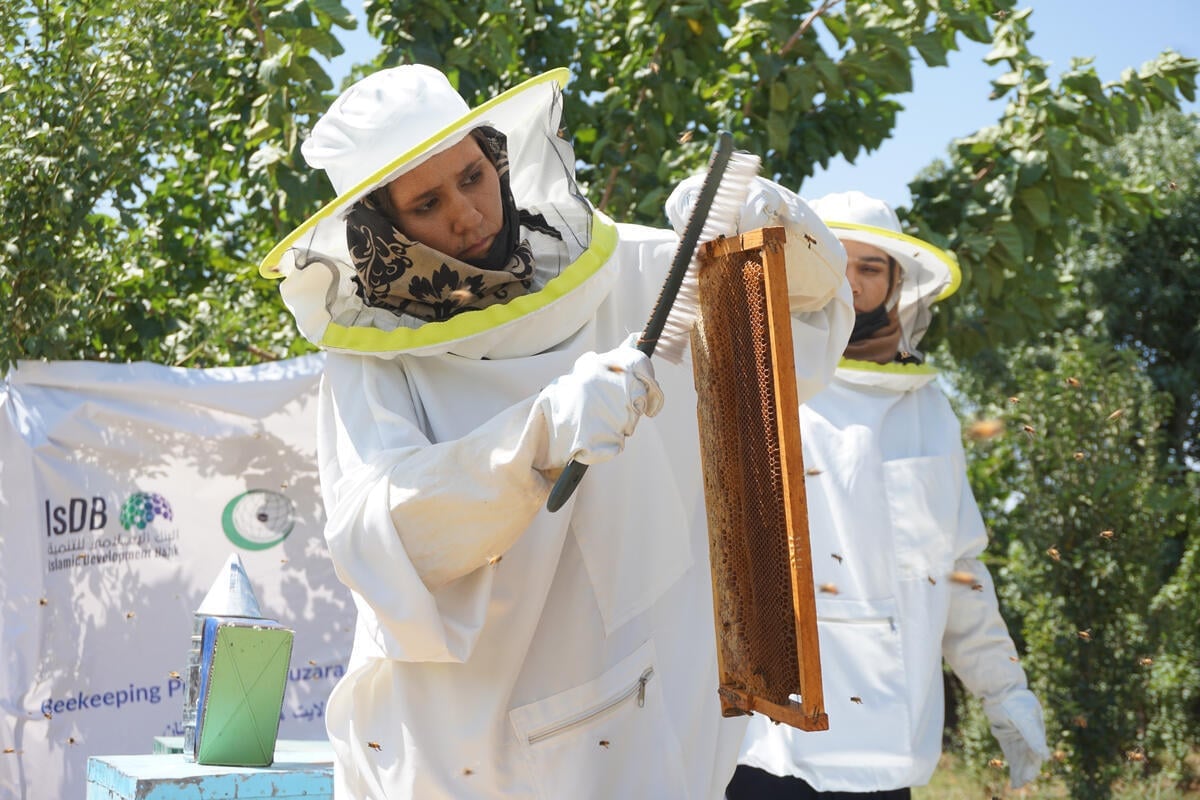Afghanistan: returns high, funds low
Afghanistan: returns high, funds low
Afghan returns under the joint Afghan Transitional Authority / UNHCR initiative have surpassed 1.3 million. They include more than 1,190,000 refugees who have repatriated from Pakistan since the initiative started on March 1. Some 98,000 people have returned from Iran since the operation began there on April 9. Another some 10,000 returnees have arrived from the Central Asian states. Together with our partners, we've also helped up to 200,000 internally displaced persons to return home, out of our target of 390,000.
The scale of the repatriation of Afghan refugees has exceeded all expectations, but it has also put tremendous pressure on the humanitarian community. We have been forced to focus our aid on four priority areas - protection, travel assistance/returnee packages, shelter and water - leaving previously anticipated expenditures in education and basic medical assistance to other agencies.
We have halved the number of shelter kits we had planned to distribute to needy Afghan families from 97,000 to 50,000, though still benefiting up to 400,000 persons. Following an agreement this week with the NGO Intersos to deliver an additional 3,500 shelters, we now have contracted with NGOs to identify recipients and to oversee assembly of some 31,000 shelters countrywide. This includes 9,200 in Western Afghanistan, 8,000 in the North, 8,000 in the Central region, 2,000 in the East and 200 in the South.
Financial constraints mean that UNHCR has no further funds to purchase items like plastic tarpaulins, blankets, buckets, or jerry cans. In some parts of Afghanistan, we've already exhausted supplies of these items that are included in the returnee packages, and we're using stocks from the International Committee of the Red Cross and UNICEF.
Despite the financial constraints, for the time being we plan to continue providing travel assistance based on the returnees final destination. Since last October, UNHCR has spent or obligated $158 million to meet the Afghans' needs. We still require $65 million this year, while we also must ensure that some funds are available for early 2003, as we still expect a large rate of returns for some time to come.









